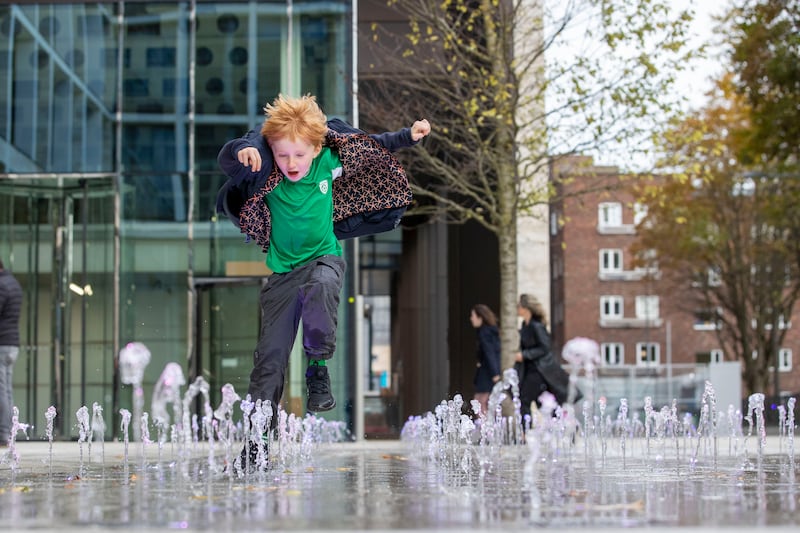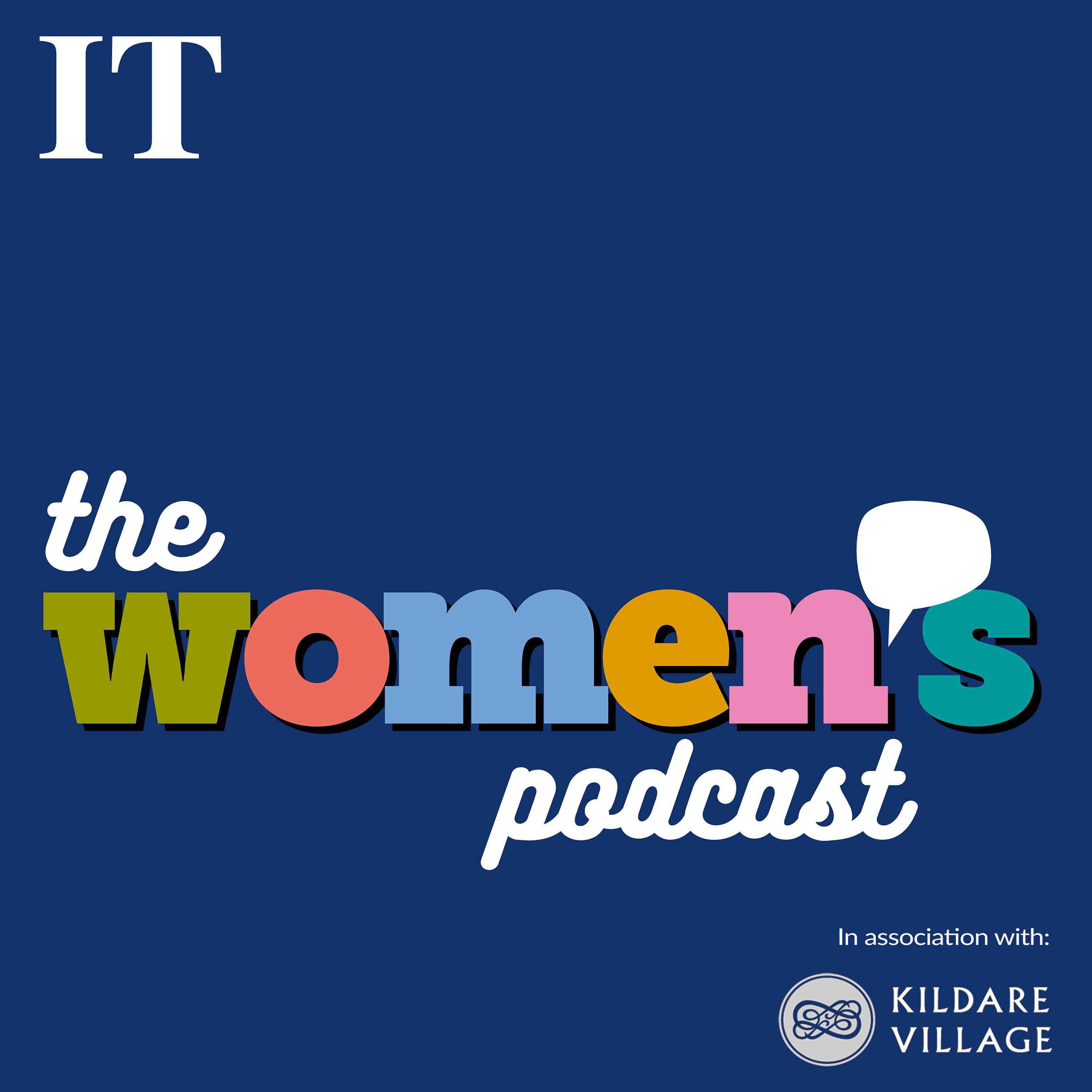Ireland’s first public space named in honour of an Irish woman writer opened to the public on Friday afternoon.
Overlooking Dublin‘s Grand Canal, Mary Lavin Place is the new square commemorating the author who was best known best for her mastery of the short story. Lavin’s long-time friend, fellow writer and current Laureate for Irish Fiction, Colm Tóibín, officially launched the square created by Iput Real Estate.
Speaking of the timelessness of Lavin’s work, Tóibín pointed to the universal themes which persist in her fiction: “How happiness is won and lost, how grief becomes sorrow, what love is like, how families nourish and threaten their own members, what solitude means and how strange life is.”
Mary Lavin Place links Lad Lane – where the writer lived at No 11 between 1958 and 1981 – to Wilton Park, which has also been newly restored by Iput.
READ MORE

Born in the United States in 1912, Lavin moved to Ireland at the age of 10 where she grew up in Bective, Co Meath. Her first volume of short stories, Tales from Bective Bridge, was published in 1942 and won the James Tait Black Memorial Prize. Lavin, who died in 1996, had three daughters – one of them being Caroline Walsh, the late Irish Times literary editor.
Speaking of Lavin’s passion for activism and “her notion for hospitality”, Tóibín made reference to the barriers visible along the Grand Canal: “I can imagine how happy she would be at the news that these barriers behind me are to be removed soon.
“I can hear her voice just saying, and absolutely clear, ‘Don’t the asylum seekers come here the same way as we all went to England or America.’ And she would not need to remind us that she herself was bor

n in America where her father had gone in search of a better life,” he added.
Lavin’s Lad Lane residence was a bustling literary hub, where writers such as Frank O’Connor, Seán Ó Faoláin and John McGahern regularly convened. Known as Baggotonia, the surrounding area has a rich literary heritage having been home to some of Ireland’s greatest writers over the years, from Eavan Boland and Patrick Kavanagh to Elizabeth Bowen and Brendan Behan.
[ Writer’s mews: Mary Lavin’s informal literary salon in Lad LaneOpens in new window ]
Novelist Kathleen MacMahon, a granddaughter of Lavin, said her friends “came for conversation, they came for hospitality” – and she would have “hooted at” the description of such gatherings as writers’ salons. “She cooked them spaghetti bolognese and served them red wine. It must have been so exciting and so stylish in 1950s, 1960s Dublin. She had such style.”
Iput chief executive Niall Gaffney announced the creation of a new writer-in-residence programme “in keeping with Mary’s short-story legacy” due to open later this year. Mary Lavin Place will include a new apartment for the chosen writer, in addition to three new artist studios.

Eavan Boland Library and Mary Lavin Place: the movement for more spaces named after women
- Sign up for push alerts and have the best news, analysis and comment delivered directly to your phone
- Find The Irish Times on WhatsApp and stay up to date
- Our In The News podcast is now published daily – Find the latest episode here

















